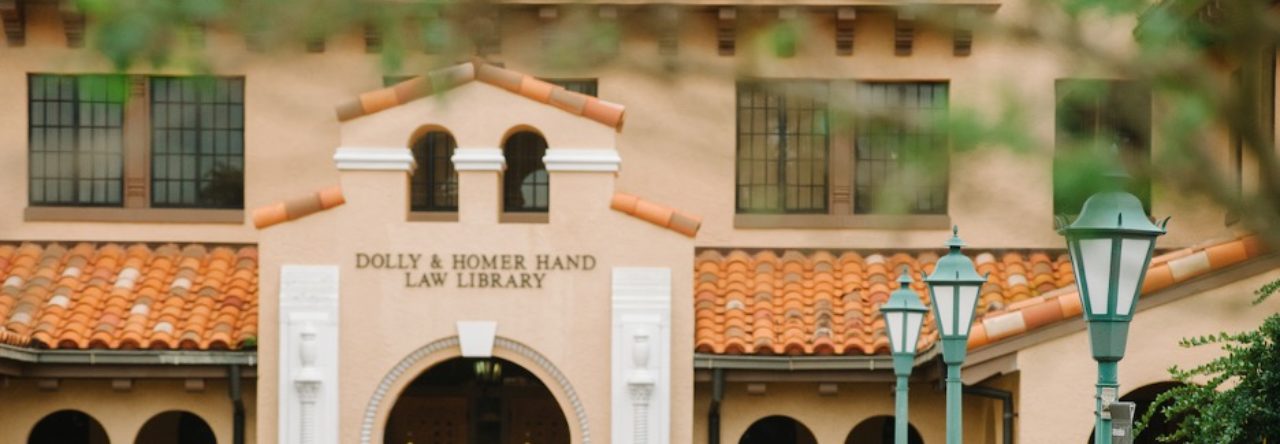In 2018, the American Museum of Natural History in New York City visually addressed the inaccuracies in a diorama that purported to depict a meeting between the colonial Dutch and the indigenous Lenape in the seventeenth century. The museum added a layer of commentary to the glass in front of the diorama that identifies and contextualizes the diorama’s inaccuracies and biases. The layer is labeled “Reconsidering this scene,” and ten text boxes point out some of the specific ways the diorama reflects cultural stereotypes at the expense of historical accuracy, including a quote from a contemporary Lenape elder.
Museums are a useful analog to law schools in discussions of how to teach and engage students. And in The Writing’s on the Wall: Using Multimedia Presentation Techniques from the Museum World to Improve Law School Pedagogy, 126 Dick. L. Rev. 475 (2022), Professor Cecilia A. Silver demonstrates how traditional law school teaching would benefit from embracing museum techniques. But museum presentation principles can be more than a corrective to old-fashioned law teaching. The decolonization movement in museums provides a model for teaching students how to critically read cases and learn legal doctrine and how to confront the biases, hierarchies, and injustices of the past and present. In particular, the techniques that museums use to layer, contextualize, and critique information and ideas, including metatextual commentary on their own displays, provide a model for law teaching that empowers law students and challenges the biases and injustices that are endemic to the legal foundations of the law school curriculum.

